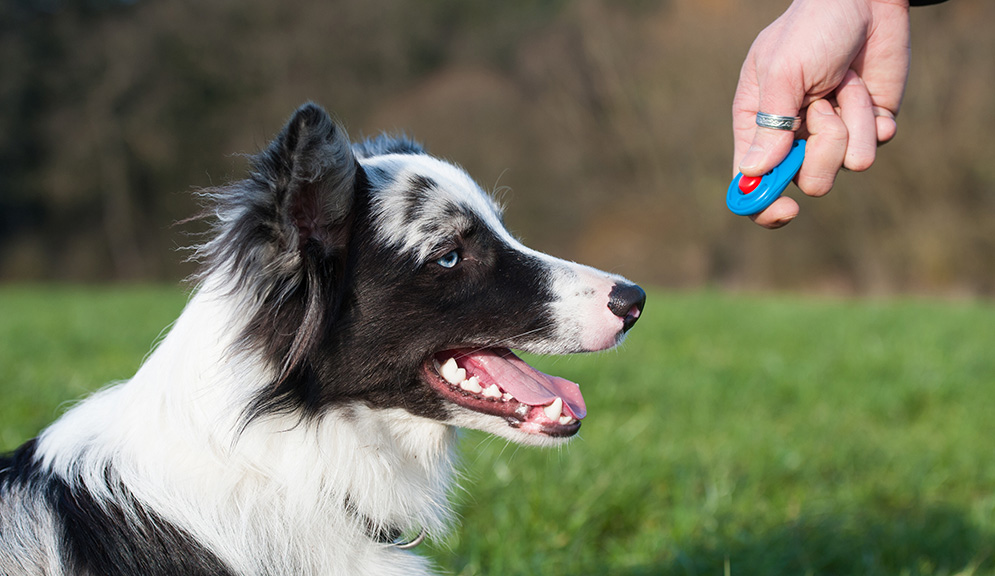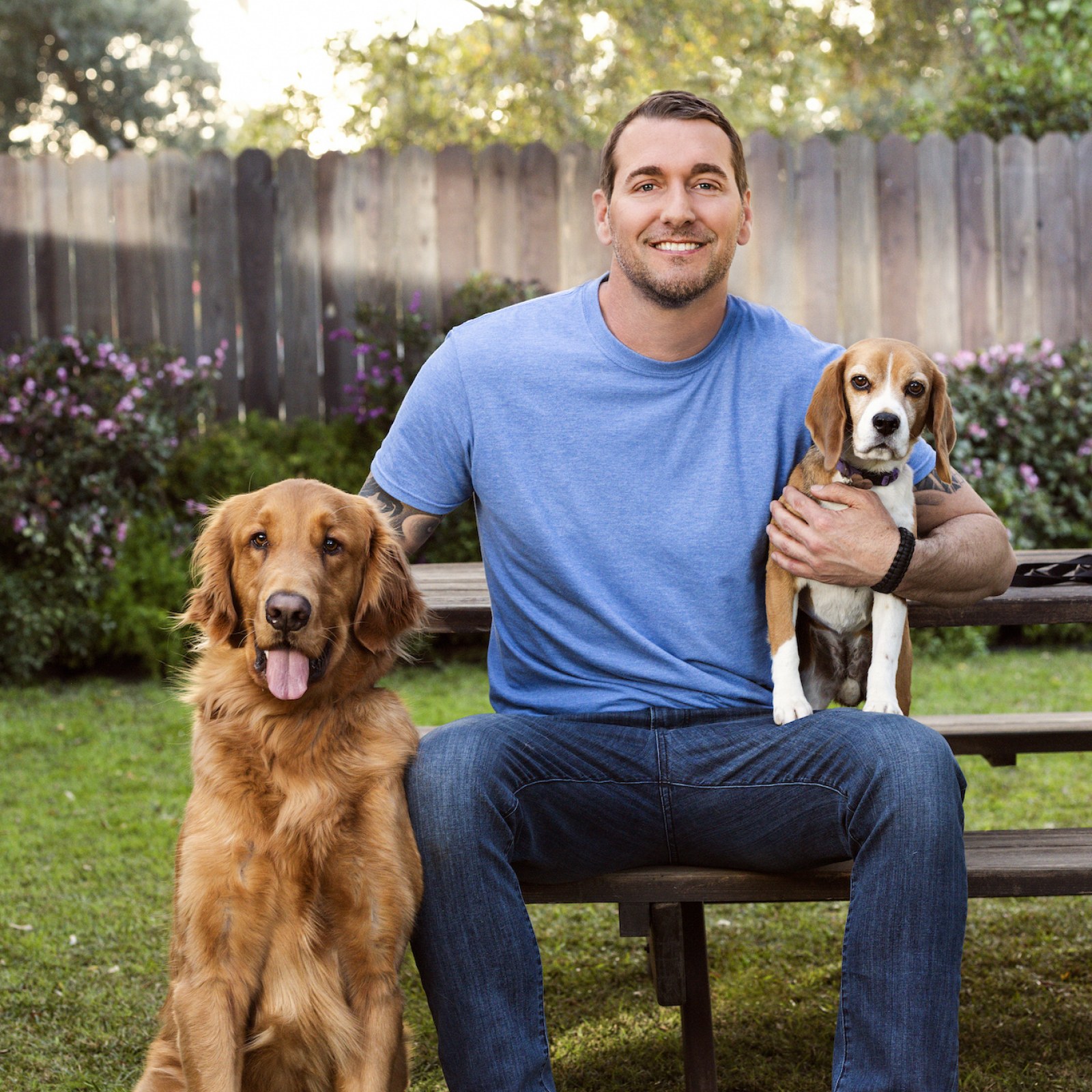Positive Reinforcement in Dog Training: A Humane Approach to Success
Positive Reinforcement in Dog Training: A Humane Approach to Success
Blog Article
Leading Pet Dog Training Strategies Every Owner Must Know

Positive Support Techniques
Utilizing positive reinforcement methods is crucial for effective canine training, as it fosters a relying on bond in between the pet dog and the instructor. This method focuses on rewarding preferable actions as opposed to penalizing undesirable ones, creating an atmosphere favorable to finding out. Rewards can consist of treats, praise, or playtime, which motivate dogs to repeat the actions that gain them these rewards.

Furthermore, this approach improves the dog's interest for training sessions. They are more involved and responsive when pets connect training with positive experiences. Dog training. Beyond immediate actions alteration, favorable support motivates a collaborative connection between the pet and instructor, reducing anxiousness and worry
To optimize performance, it is vital to deliver benefits quickly, making certain the pet dog attaches the actions with the support. In essence, positive support strategies not just generate better-trained canines but also advertise a harmonious partnership between pet and proprietor.
Clicker Training Approach
The clicker training method is a very reliable method that constructs upon the principles of positive reinforcement by adding a distinct noise to mark preferred actions. This method makes use of a little portable tool that creates a clicking sound, allowing instructors to interact with their canines in a prompt and clear manner. When a dog performs an actions that the proprietor desires to urge, the remote control is turned on, adhered to by a benefit, typically in the kind of deals with or appreciation.
The key to successful remote control training lies in consistency and timing. It is crucial to click at the precise moment the preferred behavior happens, making sure that the canine associates the sound with the activity and the succeeding benefit. This method not only improves communication however likewise promotes a stronger bond in between the dog and the proprietor, as it urges interaction and interaction during training sessions.
Remote control training can be related to a selection of commands and actions, from basic obedience to extra complicated tricks. Its versatility and performance make it a popular technique amongst expert fitness instructors and animal owners alike, paving the way for a trained and responsive canine friend.
Chain Training Fundamentals
Reliable leash training is crucial for ensuring a secure and enjoyable strolling experience for both pet dogs and their owners. Dog training. Leash training ought to start early and be come close to with persistence and consistency. Start by choosing an ideal leash and collar or harness. A level collar may function for some pets, while others may gain from a harness that minimizes pulling.
Present your pet to the chain slowly, enabling them to explore it in a comfy setting. Once they are accustomed, method loose-leash walking. This entails rewarding your pet dog for strolling close to you as opposed to drawing ahead. Usage deals with and appreciation to strengthen wanted actions, and make sure to continue to be tranquil and assertive.
If your pet dog begins to draw, quit walking instantly. Wait until they go back to your side prior to returning to. This teaches them that pulling does not result in proceed. In addition, method numerous walking atmospheres to help your pet adapt to diversions.
Routine practice will strengthen your pet's understanding of chain etiquette. Keep in mind that Look At This leash training is a recurring procedure; persistence and consistency will certainly generate the best results, cultivating a positive experience for both you and your canine friend.
Socialization Strategies
Socialization is an essential element of pet training that should preferably begin throughout puppyhood however can be advantageous at any type of age. Reliable socialization aids pets establish self-confidence and lowers the possibility of behavioral issues. To implement effective socialization techniques, subject your dog to a selection of settings, people, and other pets.
Start with regulated setups, such as young puppy courses or arranged playgroups, where young dogs can connect safely. Progressively introduce your canine to brand-new experiences, consisting of different noises, surfaces, and tasks. Ensure these experiences are positive and fulfilling to establish a sense of safety.
For grown-up canines or those doing not have exposure, start with low-stress scenarios. Short, positive communications with pleasant people and tranquil pets can develop favorable associations. Use treats and appreciation to strengthen desirable behaviors during these experiences.

Uniformity and Patience
Acknowledging the relevance of consistency and persistence in pet dog training is important for attaining long lasting results. Educating a pet dog is a progressive procedure that needs an organized approach and unwavering dedication from the owner. Each command or habits need to be enhanced constantly to help the dog recognize what is expected of them. Irregular training can result in confusion, making it difficult for the canine to realize actions or commands, inevitably impeding progress.
Pet dogs, like human beings, find out at their very own speed. This fosters a relying on relationship in between the dog and owner, urging a more willing and enthusiastic learner.
To cultivate consistency and perseverance, establish a regular training routine, use the same commands, and guarantee that all household members apply the exact same training principles - Dog training. By doing so, you produce a steady atmosphere for discovering, allowing your canine to establish and grow right into a well-behaved companion
Final Thought
Finally, effective dog training techniques, such as positive support, remote control training, and correct chain training, are vital for promoting a healthy and balanced owner-dog partnership. In addition, implementing socializing approaches and preserving consistency and persistence throughout the training process contributes significantly to a pet dog's general wellness. By integrating these methods, dog owners can promote the advancement of well-adjusted, loyal pets, inevitably boosting the quality of life for both the canine and the proprietor.
Among the most noticeable methods are positive support, clicker training, and chain training, each offering one-of-a-kind advantages that add to a mannerly pet dog. As we discover these essential strategies, it ends up being noticeable that mastering their nuances can significantly influence the training experience and the canine's general habits.Making use of positive reinforcement techniques is important for effective dog training, as it promotes a relying on bond between the dog and the instructor.In final thought, effective pet training methods, such as positive reinforcement, remote control training, and correct chain training, are necessary for promoting a healthy and balanced owner-dog partnership. By integrating use this link these techniques, canine proprietors can help with the growth of well-adjusted, loyal family pets, inevitably enhancing the high quality of life for both the dog and the proprietor.
Report this page